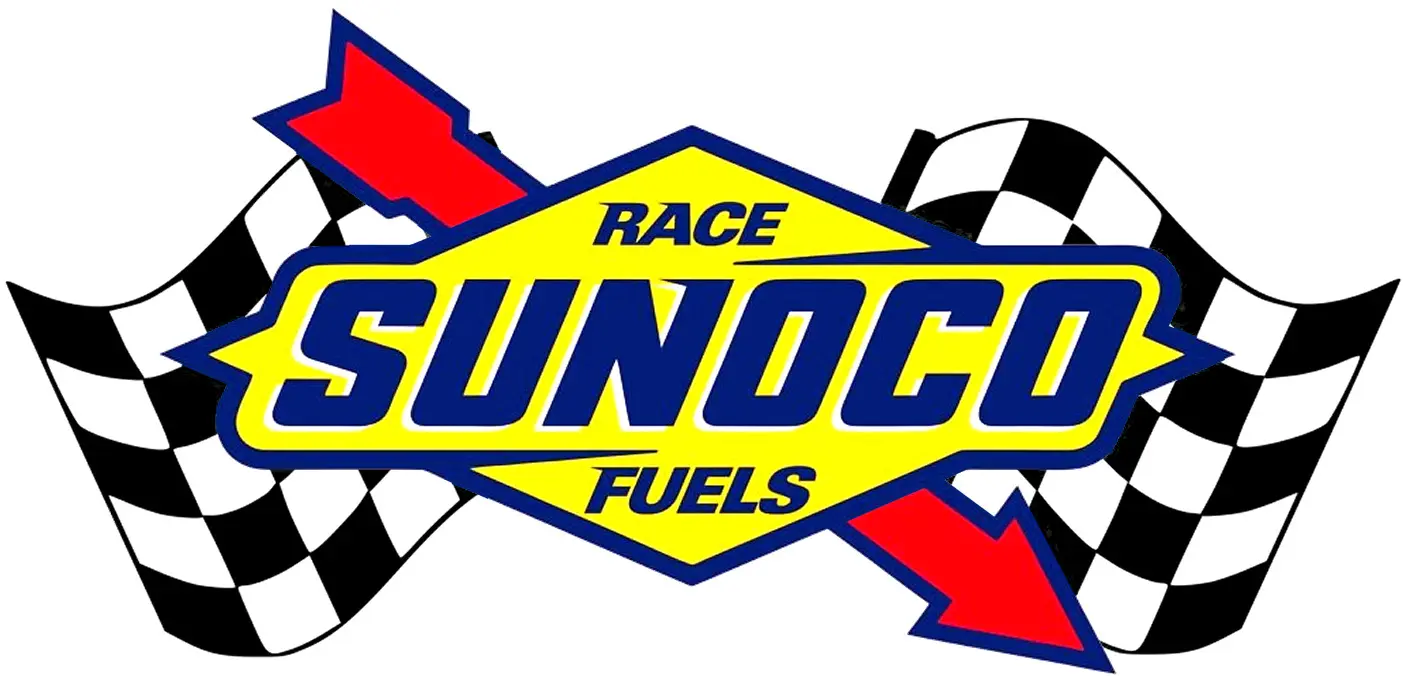Online Translation Services You Can Trust
Certified translation in 100+ languages.
Trusted by leading businesses, law firms, and private customers for over 20 years.
Fast delivery, transparent pricing, and secure online ordering.
Get Instant QuoteWhat Do You Need To Translate Today?
Technical & Industrial Documents
Medical Documents
Legal Documents
Trusted by Top Businesses Worldwide
Translate in over 100 languages
Our team of expert, native-speaking translators delivers accurate, culturally precise translations in over 100 languages. Each project is reviewed under our ISO 17100-certified quality system to ensure exceptional accuracy, consistency, and reliability. From personal documents to complex technical, legal, and medical content, GTS provides fast, professional, fully human translation services you can trust.
Proven Experience
GTS has been providing high-quality, professional translation services for over 20 years. We support clients in legal, medical, technical, and corporate sectors — delivering certified accuracy and reliable results on every project.
Global
GTS works with a worldwide network of expert, native-speaking translators. We support 100+ languages and serve customers in over 100 countries, giving you the global reach your business needs.
Human
All translations are performed by professional human linguists and reviewed under our ISO 17100-certified quality system. Confidential, accurate, and tailored to your specific requirements.

